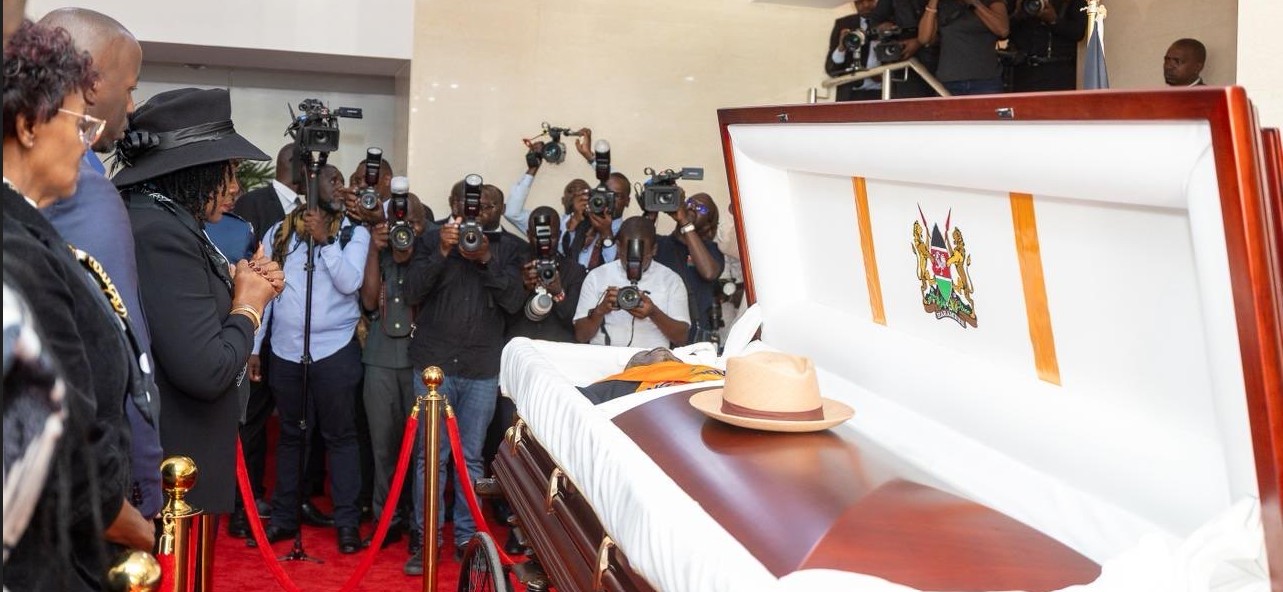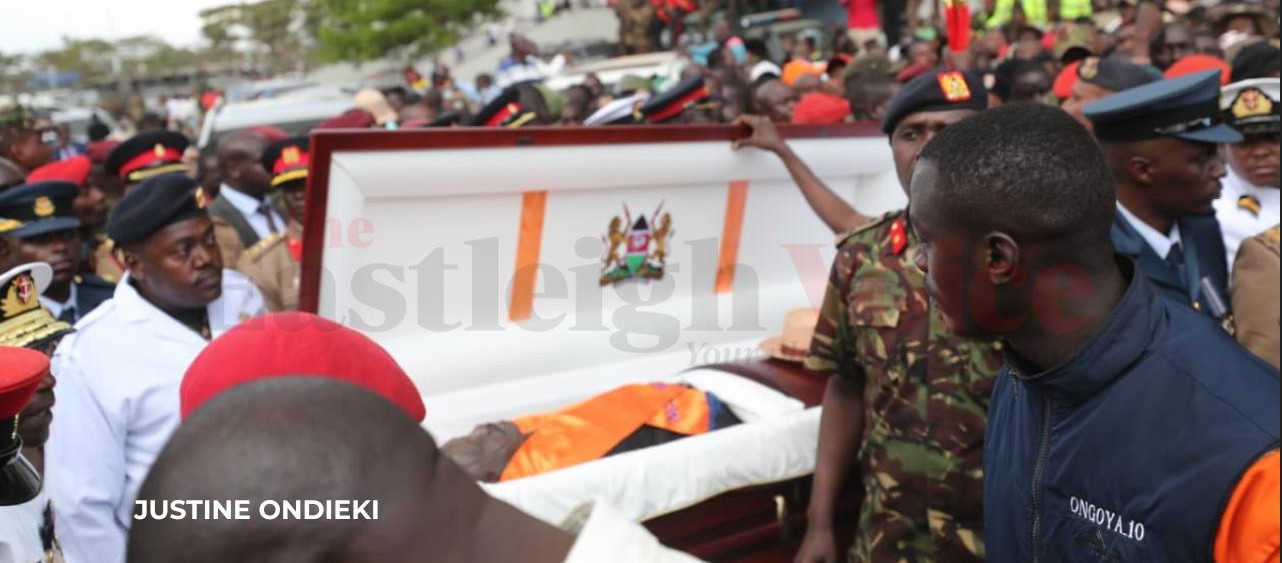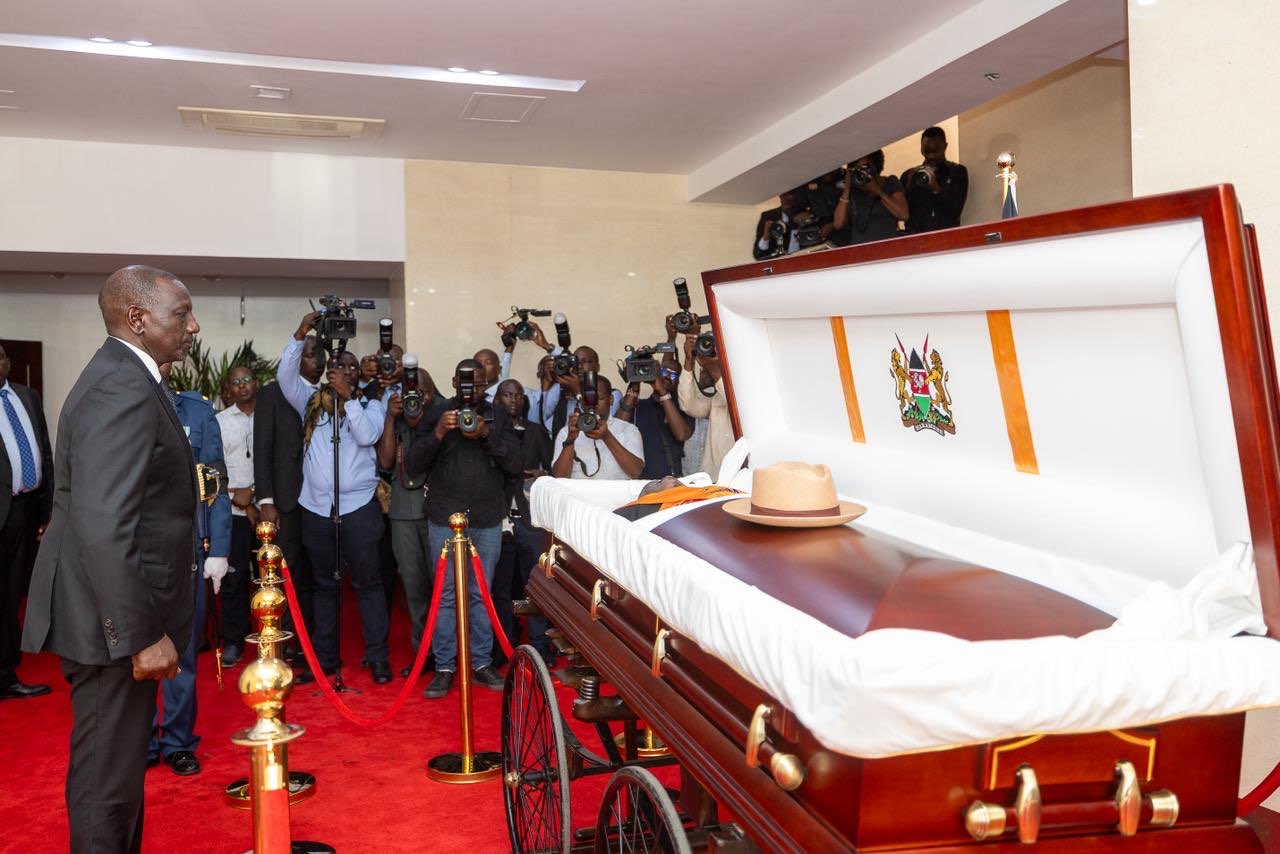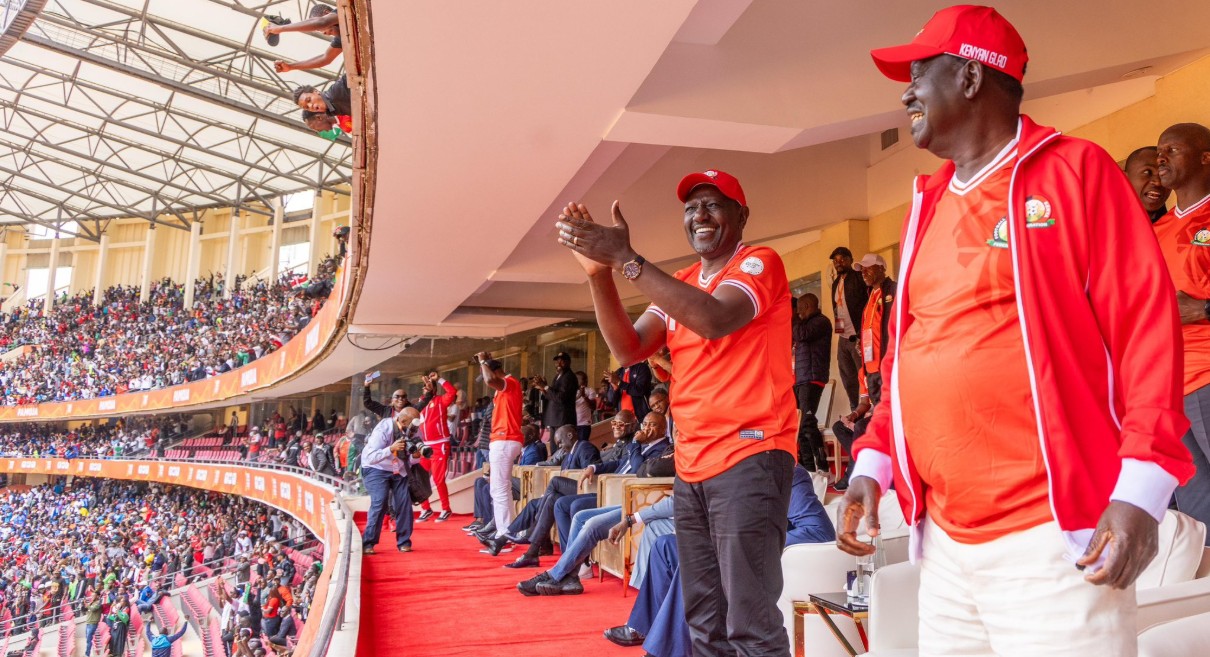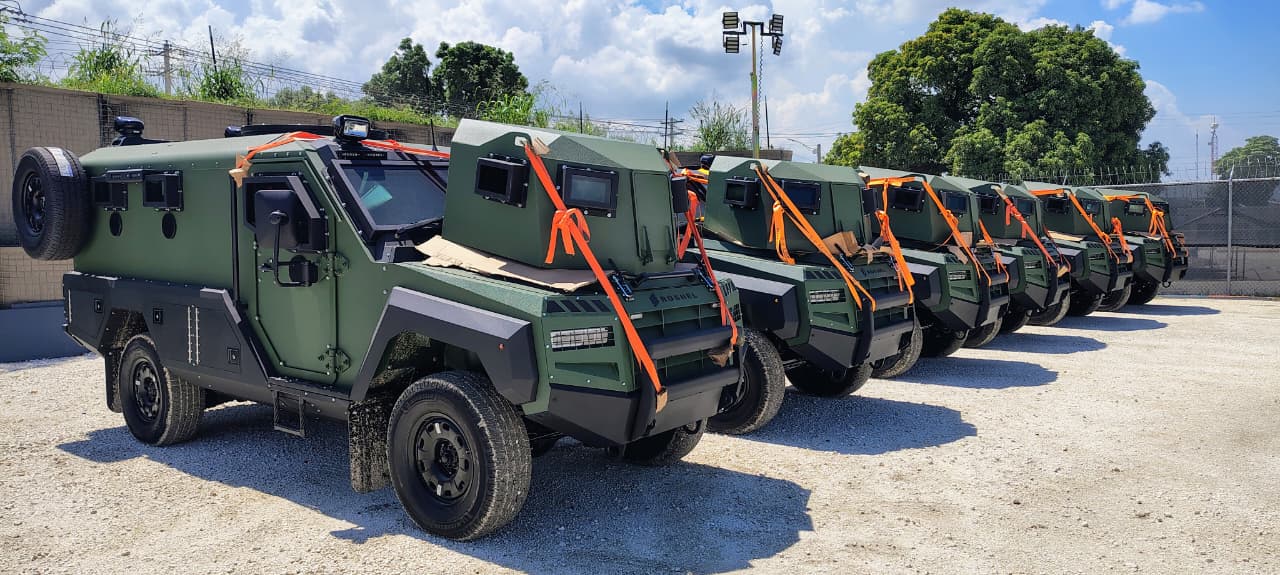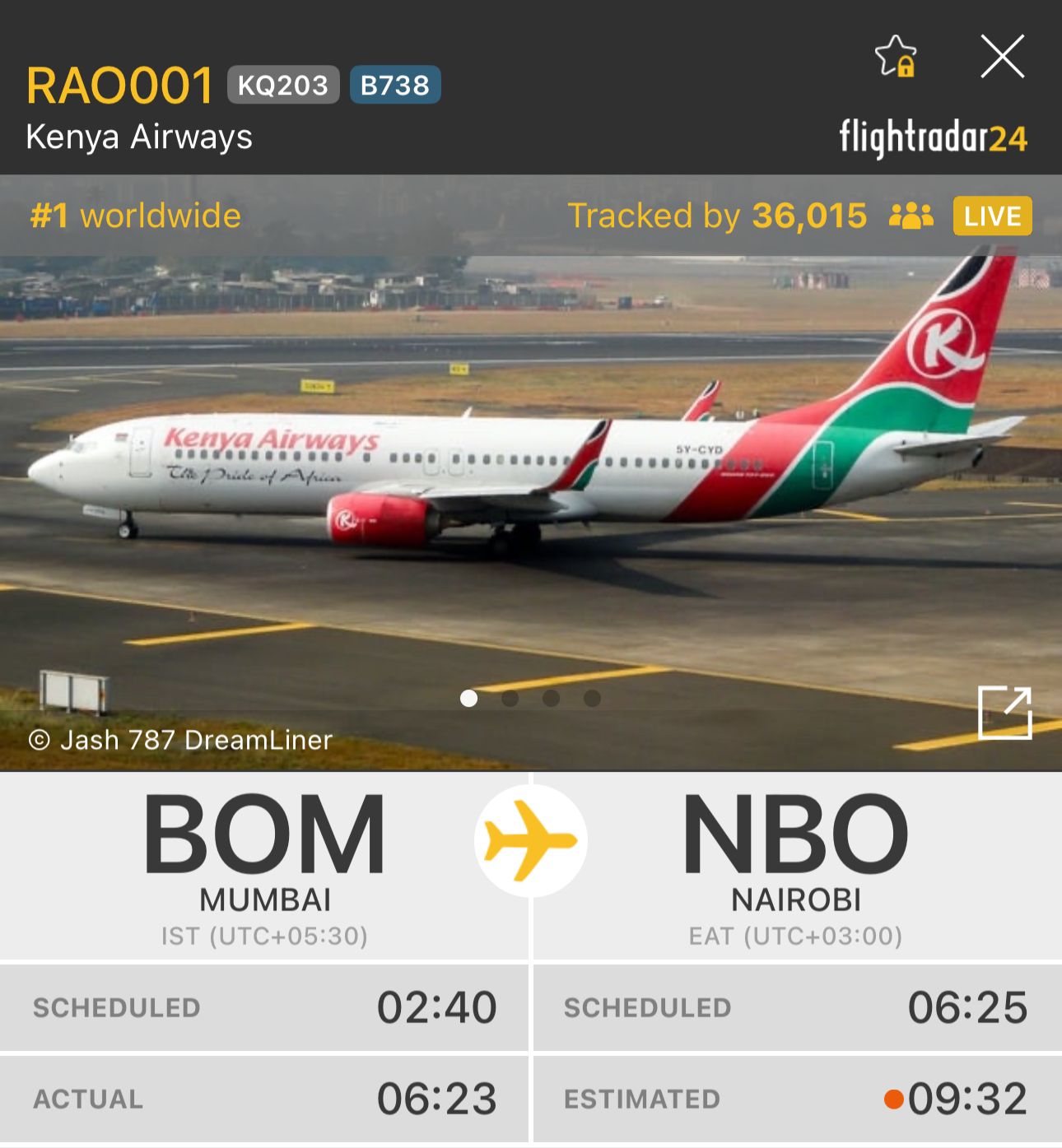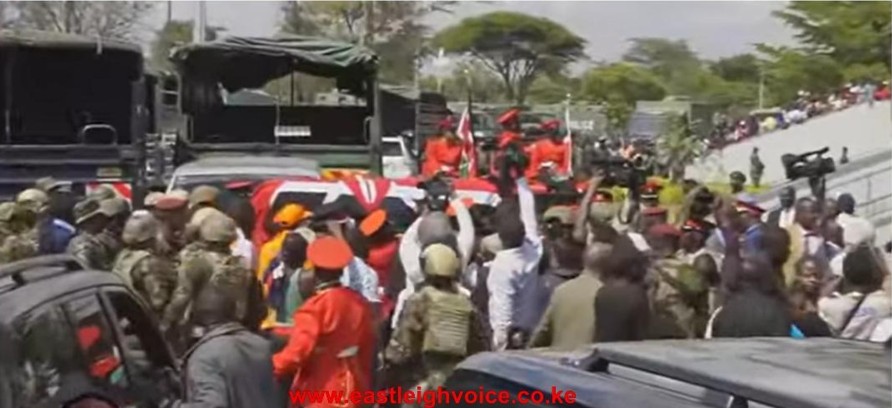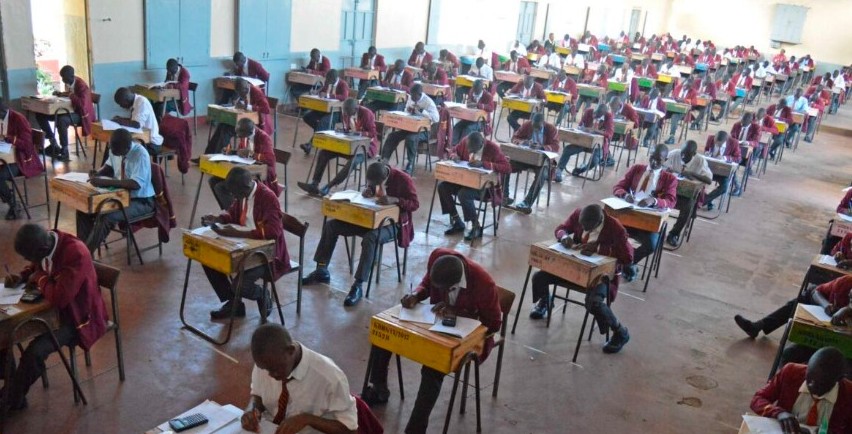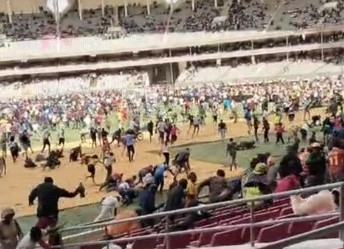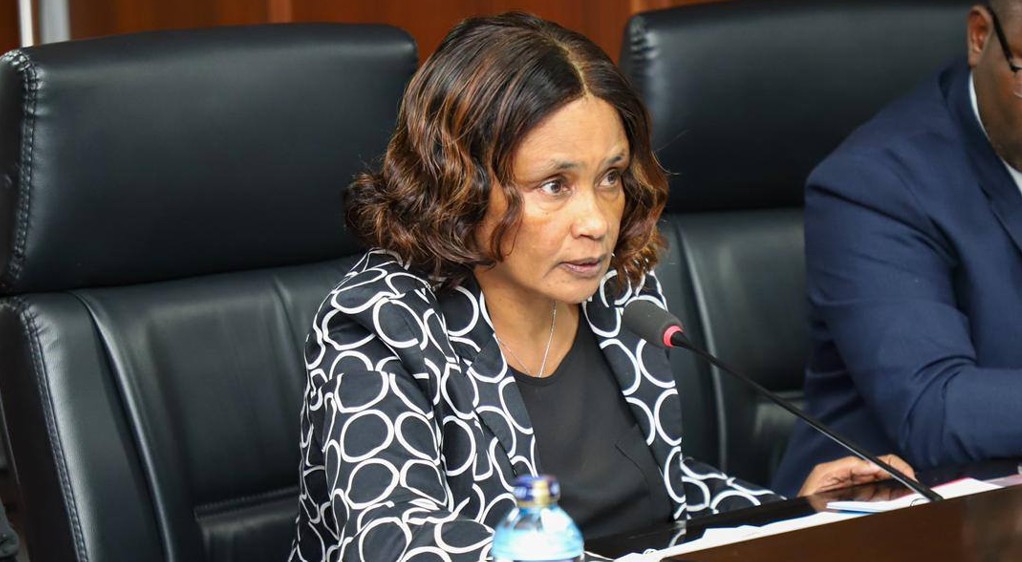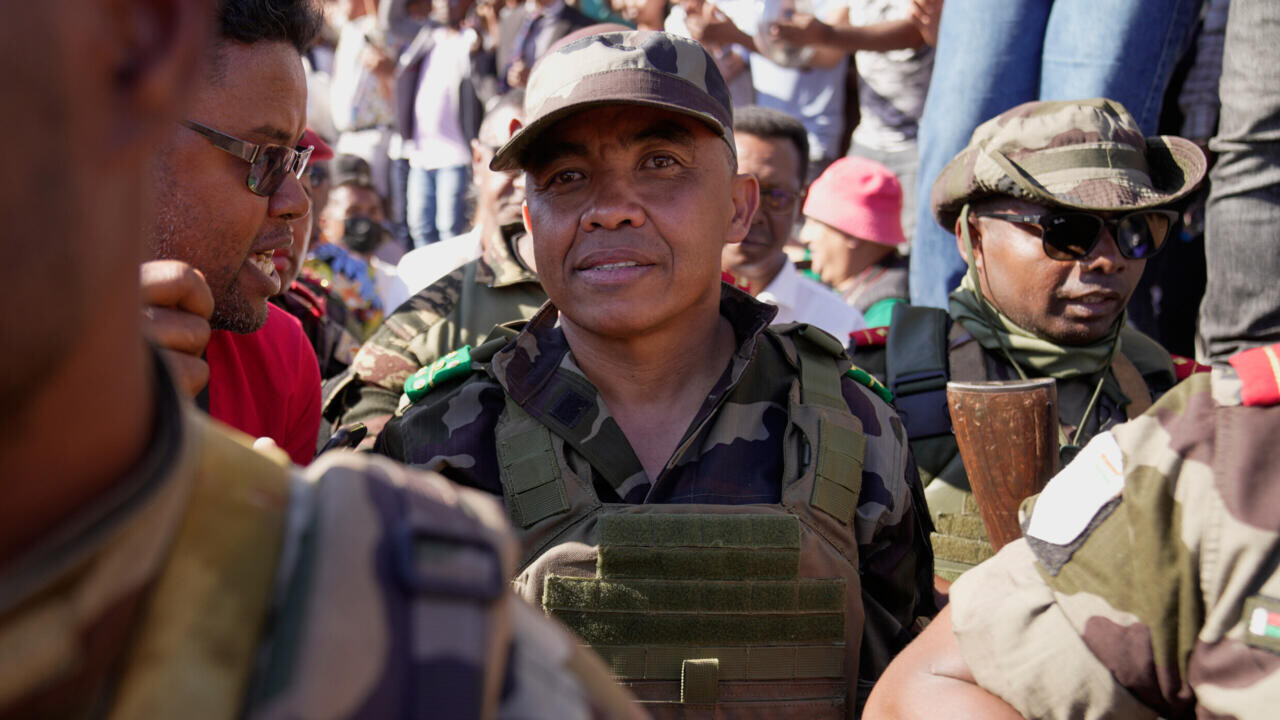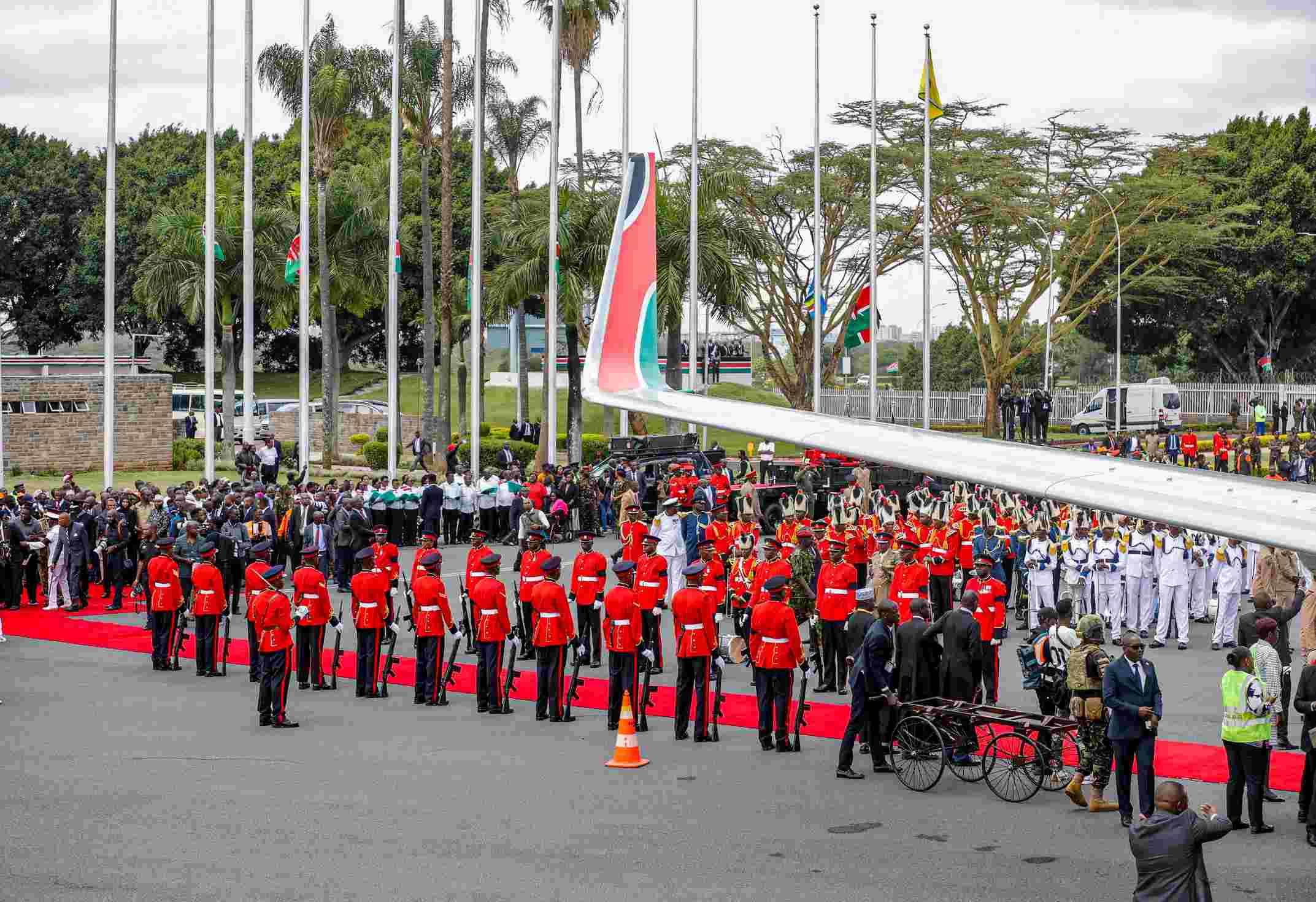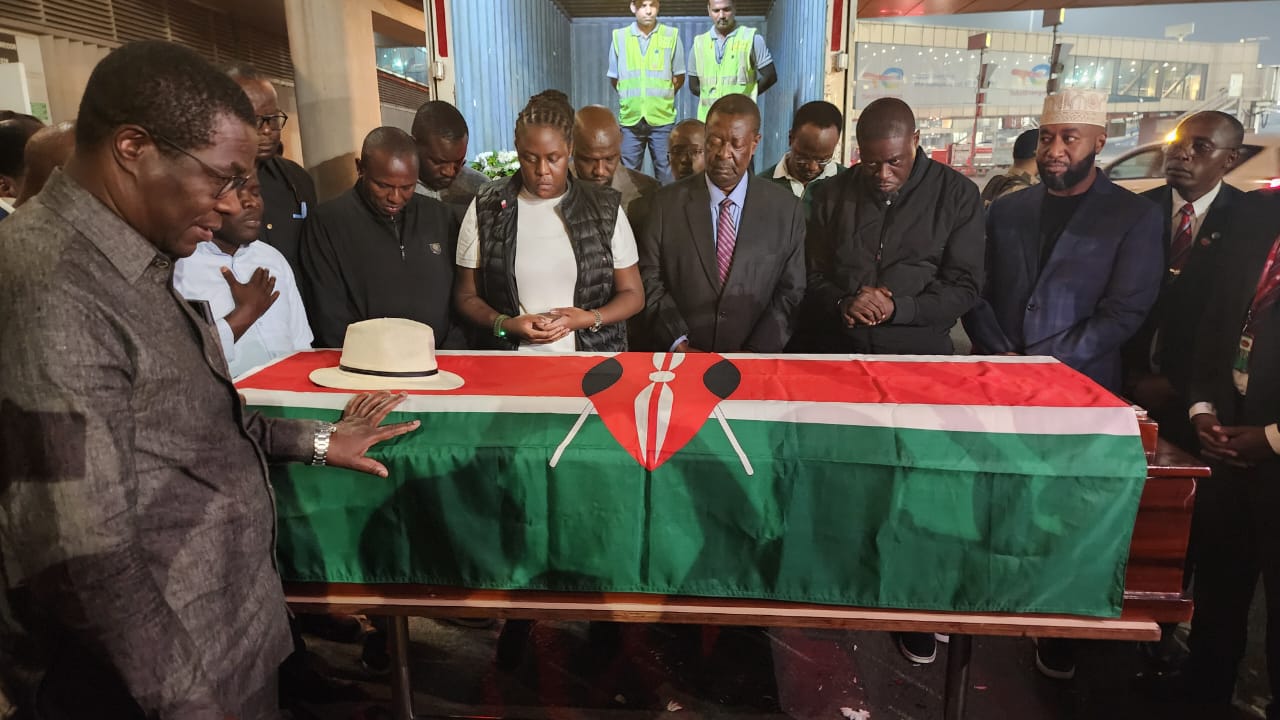Raila honoured with cultural "Tero Buru" ritual at Opoda homestead
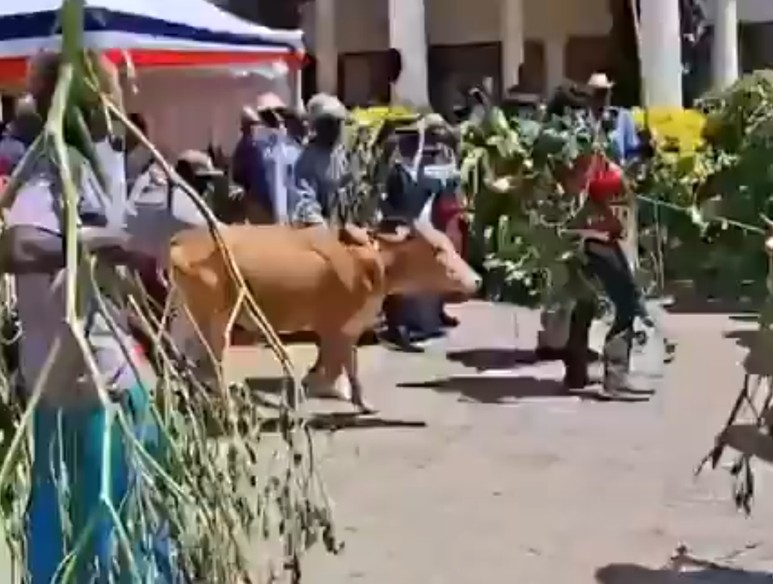
Elders led a solemn procession, driving a bull around the family compound, a practice that symbolises guiding the spirit of the deceased on their final journey and purifying the home for the living.
In Siaya County, the late former Prime Minister Raila Odinga was honoured through the Luo community’s revered ‘Tero Buru’ ritual at his Opoda homestead.
Elders led a solemn procession, driving a bull around the family compound, a practice that symbolises guiding the spirit of the deceased on their final journey and purifying the home for the living.
More To Read
- Athletics Kenya mourns Raila Odinga, celebrates his unmatched passion for sports
- KCSE rehearsals to continue on Friday despite national holiday to honour Raila Odinga
- Police lob teargas to disperse surging crowds at Kasarani Stadium
- 'Jowi! Jowi!’—Thousands mourn Raila Odinga as his body arrives at Kasarani
- TSC reschedules teachers’ promotional interviews in honour of the late Raila Odinga
- Normal operations resume at JKIA after security breach during arrival of Raila’s body
The ceremony was marked by traditional singing, drumming, and chants that underscored the community’s admiration for Odinga’s leadership and service to the nation.
Hundreds of residents and well-wishers from across the region attended, taking part in the rites to pay tribute to the late leader’s enduring contributions to Kenya’s democracy.
According to Luo traditions, Tero Buru fulfils both spiritual and communal roles. It is intended to ensure that the spirit of the departed rests peacefully while reinforcing unity among those left behind.
The practice holds particular significance for figures of national prominence, reflecting the respect accorded to leaders within the community.
“Tero Buru,” literally translating to “driving of the bull,” is more than a literal act; it embodies farewell, reverence, and acknowledgement of the deceased’s achievements. Traditionally conducted after burial, the ceremony may occur on the same day or a few days later, depending on the family’s customs. When performed for a prominent individual, the gathering often draws extended families, neighbouring clans, and community members, highlighting shared grief and collective celebration.
The ritual begins with men leading the bull through the homestead and nearby village paths. The bull represents strength, authority, and the spirit of the deceased. Moving it around the homestead symbolises sending off the departed’s spirit while cleansing the home of sorrow.
Participants sang dirges (sigalagala), chanted praises, beat drums, and sometimes fired traditional weapons into the air. These acts combined mourning with celebration, recognising both the life and legacy of the departed.
For leaders like Raila, Tero Buru serves as a public expression of loss, unity, and cultural continuity.
The ceremony also provides emotional support to the community, allowing mourners to collectively process grief while observing cultural norms.
Over time, Tero Buru has evolved, often performed alongside modern funeral practices and state honours, yet it retains its core significance as a deeply rooted cultural ritual.
For national leaders, the ceremony becomes a unifying moment, drawing citizens and officials to honour the departed through song, dance, and shared remembrance.
In essence, Tero Buru is a testament to respect, cohesion, and the celebration of life. Through this ritual, the Luo community demonstrated their deep regard for Raila Odinga, bidding farewell in a manner that blends spiritual, cultural, and communal acknowledgement of a leader who shaped their society.
Top Stories Today
